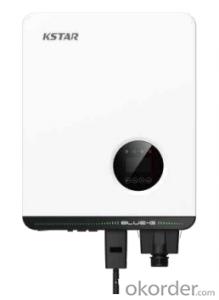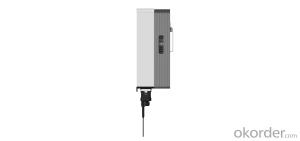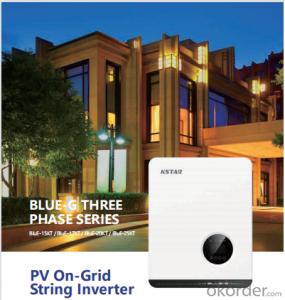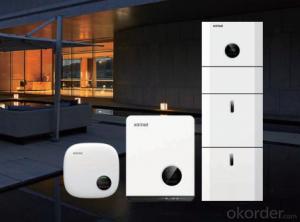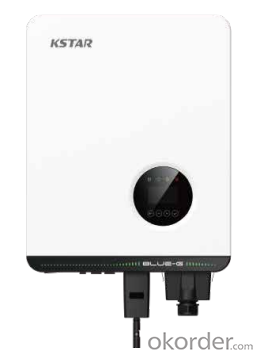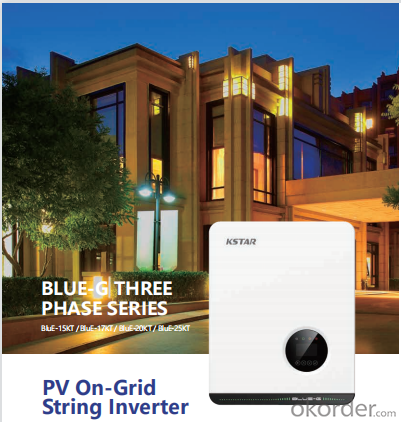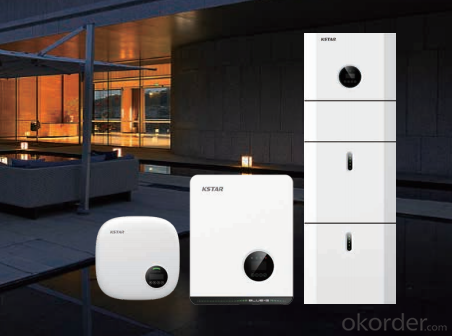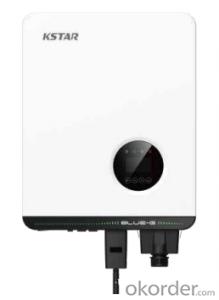72V Solar Inverter PV On-Grid String Inverter Blue-15kt / Blue-17kt / Blue-20kt / Blue-25kt
- Loading Port:
- China main port
- Payment Terms:
- TT OR LC
- Min Order Qty:
- 50 pc
- Supply Capability:
- 15000 pc/month
OKorder Service Pledge
OKorder Financial Service
You Might Also Like
Specification
Product Description:
★Max. PV voltage up to 1100V Type II DC /AC SPD
★Compatable for big capacity PV panel WiFi / 4G Plug optional
★DC/AC ratio up to 2 IP66 protection
★High efficiency up to 98.6% Smaller and lighter
Technical Specifications:
| MODEL | BluE-15KT | BluE-17KT | BluE-20KTL | BluE-25KTL |
| Input(DC) | ||||
| Max. DC Voltage | 1100V | 1100V | 1100V | 1100V |
| Nominal Voltage | 620V | 620V | 620V | 620V |
| Start Voltage | 180V | 180V | 180V | 180V |
| MPPT Voltage Range | 140V-1000V | 140V-1000V | 140V-1000V | 140V-1000V |
| Number of MPP Tracker | 2 | 2 | 2 | 2 |
| Strings Per MPP Tracker | 2/1 | 2 | 2 | 2 |
| Max. Input Current Per MPPT | 30A/15A | 30A | 30A | 30A |
| Max. Short-circuit Current per MPPT | 40A/20A | 40A | 40A | 40A |
| Output(AC) | ||||
| Nominal AC Output Power | 15000W | 17000W | 20000W | 25000W |
| Max. AC Output Power | 16500VA | 18700VA | 22000VA | 27500VA |
| Nominal AC Voltage | 400V 3L+N | |||
| AC Grid Frequency Range | 50Hz / 60Hz±5Hz | |||
| Max. Output Current (A) | 23.9A | 27.1A | 31.9A | 39.9A |
| Power Factor (cosφ ) | 0.8 leading to 0.8 lagging | |||
| THDi | <3% | |||
| Efficiency | ||||
| Max. Efficiency | 98.60% | 98.60% | 98.60% | 98.60% |
| Euro Efficiency | 98.20% | 98.30% | 98.30% | 98.30% |
| Protection devices | ||||
| DC Switch | Yes | |||
| Anti-islanding Protection | Yes | |||
| Output Over Current | Yes | |||
| DC Reverse Polarity Protection | Yes | |||
| String Fault Detection | Yes | |||
| AC/DC Surge Protection | DC: Type II / AC: Type III / Type II Optional | |||
| Insulation Detection | Yes | |||
| AC Short Circuit Protection | Yes | |||
| General Specifications | ||||
| Dimensions W x H x D (mm) | 380*483*193 | |||
| Weight(kg) | 25 | |||
| Environment | ||||
| Operating Temperature Range | –25℃~+60℃ | |||
| Cooling Type | Fan Cooling | |||
| Max. Operation Altitude | 4000m | |||
| Max. Operation Humidity | 0-100%(No Condensation) | |||
| AC Output Terminal Type | Quick Connector | |||
| IP Class | IP66 | |||
| Topology | Transformer-less | |||
| Communication Interface | RS485/WIFI/4G | |||
| Display | LCD | |||
| Certification & Standard | EN/IEC62109-1/2;IEC/EN61000-6-2;IEC/EN61000-6-4;IEC61683;IEC60068;IEC60529;IEC62116;IEC61727;EN50549-1;AS 4777.2;VDE-AR-N-4105;VDE 0126-1-1;CEI0-21;G98;G99;C10/C11;NB/T32004-2018;GB/T19964-2012 | |||
FAQ:
Q:How the output voltage of the PV inverter and the grid-connected voltage are determined
Inverter is the DC power (battery, battery) into alternating current (usually 220V, 50Hz sine wave). It consists of inverter bridge, control logic and filter circuit. Widely used in air conditioning, home theater, electric wheel, power tools, sewing machines, DVD, VCD, computer, TV, washing machine, range hood, refrigerator, video recorders, massage, fan, lighting and so on. In foreign countries
Q:Installation and maintenance of photovoltaic grid - connected inverter
only when the local power sector permission by the professional and technical personnel to complete all the electrical connection before the inverter can be connected.
Q:What is the difference between a PV grid-connected inverter and an off-grid inverter?
Off-grid inverter is equivalent to their own to establish an independent small power grid, mainly to control their own voltage, is a voltage source.
Q:After the PV inverter, how to achieve the same period before the network?
Solar panel simulator: with MPPT function, simulated morning, noon, afternoon, evening, rainy weather, solar panels produced under different conditions in different voltages.
Q:Is the PV inverter a current source or a voltage source?
According to the waveform modulation method can be divided into square wave inverter, stepped wave inverter, sine wave inverter and modular three-phase inverter.
Q:Photovoltaic grid-connected inverter without DC emc how will happen
Solar photovoltaic power generation technology is the use of solar cells, the photovoltaic effect of semiconductor materials, solar radiation can be directly converted into a new type of power generation system, solar energy is a radiant energy, solar power means --- to direct conversion of sunlight Into electricity,
Q:What is the difference between low voltage grid connection and medium voltage grid connection?
For photovoltaic power plants when the power system accidents or disturbances caused by photovoltaic power plant grid voltage drop, in a certain voltage drop range and time interval, the photovoltaic power plant can ensure that non-off-line continuous operation.
Q:Is the grid side of the grid and the inverter?
The grid load side of the grid is the grid. The inverter is an important part of the PV grid-connected system and can not be regarded as an external load. Photovoltaic power generation system is included in both grid and off-grid.
Q:PV grid-connected inverter and independent inverter in the control of what is the difference
The independent inverter in the output voltage phase amplitude of the frequency control is initially set good. Independent inverter, you should refer to off-grid inverter, do not need to consider the grid situation.
Product Images:

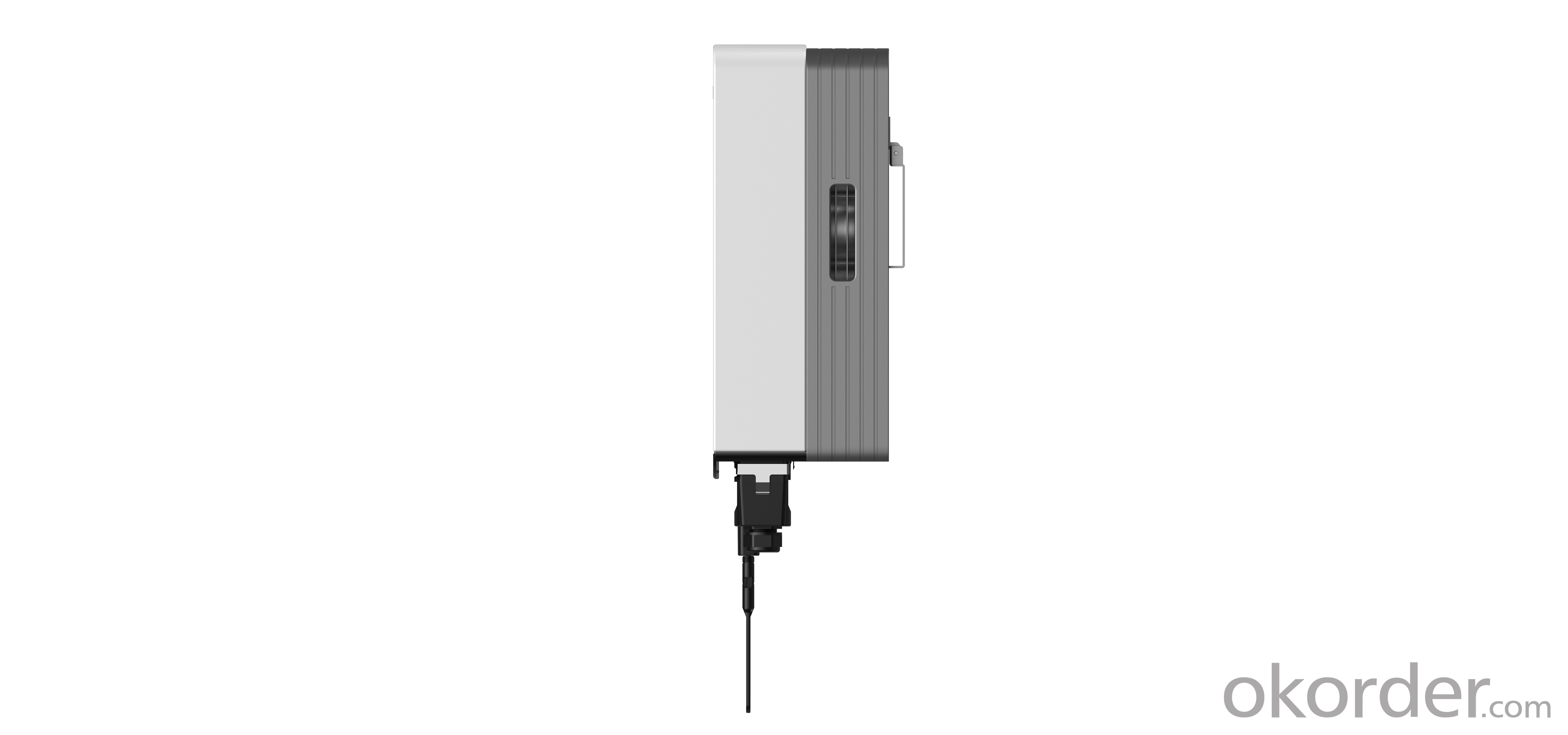

Production Process Photos:

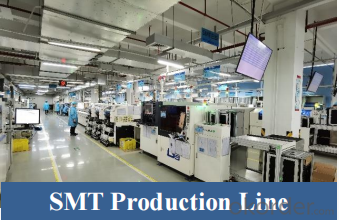
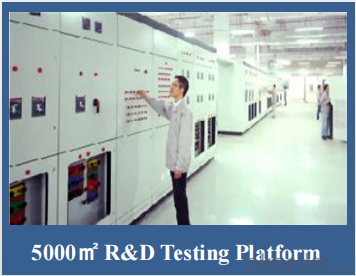
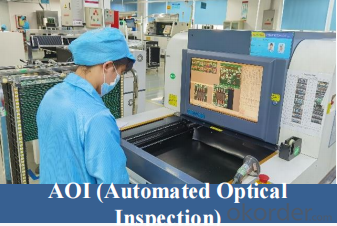
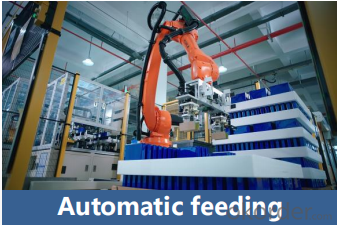
- Q: Can a solar inverter be used with a solar-powered lighting system?
- Yes, a solar inverter can be used with a solar-powered lighting system. The solar inverter is responsible for converting the direct current (DC) generated by the solar panels into alternating current (AC) that can be used to power the lighting system. It ensures efficient energy conversion and ensures compatibility between the solar panels and lighting system.
- Q: Are there any limitations on the number of solar panels that can be connected to a single inverter?
- Yes, there are limitations on the number of solar panels that can be connected to a single inverter. The maximum number of panels that can be connected depends on various factors such as the power rating of the inverter, the voltage and current ratings of the panels, and the configuration of the system. In general, the inverter should be able to handle the combined power output of all the connected solar panels. If the panels generate more power than the inverter can handle, it may lead to system inefficiencies, reduced performance, or even damage to the inverter. Additionally, the voltage and current ratings of the panels should be within the acceptable range of the inverter. If the panels have a higher voltage or current rating than what the inverter can safely handle, it may result in overloading or malfunctioning of the inverter. Furthermore, the configuration of the solar panels also plays a role in determining the limitations. Panels can be connected in series or parallel, and each configuration has its own requirements and limitations. The inverter needs to be compatible with the specific configuration being used. To ensure proper functioning and optimal performance, it is recommended to consult the manufacturer's guidelines and specifications for both the solar panels and the inverter. These guidelines will provide information on the maximum number of panels that can be connected to a single inverter and any other specific limitations or requirements that need to be considered.
- Q: Can a solar inverter be installed outdoors?
- Yes, a solar inverter can be installed outdoors. However, it is important to ensure that the inverter is specifically designed for outdoor use and is protected from extreme weather conditions such as rain, snow, and excessive heat.
- Q: How does a solar inverter affect the overall aesthetics of a solar installation?
- A solar inverter does not have a direct impact on the overall aesthetics of a solar installation as it is typically installed indoors or in a separate enclosure. The inverter's primary function is to convert the DC electricity generated by the solar panels into usable AC electricity for consumption. However, it is important to choose an inverter that is compatible with the installation's design and size to ensure efficient operation and minimal visual impact.
- Q: Can a solar inverter be installed in a residential area?
- Yes, a solar inverter can be installed in a residential area. In fact, residential areas are one of the most common locations for solar power installations, including solar inverters. These inverters help convert the DC electricity generated by solar panels into AC electricity that can be used to power homes and other electrical devices.
- Q: How does a solar inverter protect against overvoltage and overcurrent?
- A solar inverter protects against overvoltage by constantly monitoring the voltage level of the solar panels. If the voltage exceeds a predetermined threshold, the inverter will automatically reduce the power output or shut down to prevent damage. Similarly, to protect against overcurrent, the inverter continuously monitors the current flowing through the system. If the current surpasses a safe limit, the inverter will limit the output or shut down to prevent overheating and potential hazards.
- Q: What are the safety features in a solar inverter?
- Some of the safety features in a solar inverter include over-voltage protection, under-voltage protection, over-current protection, short-circuit protection, and ground-fault protection. Additionally, many modern inverters also have built-in monitoring systems that can detect and alert users to any potential issues or malfunctions.
- Q: How does a solar inverter convert DC to AC power?
- A solar inverter converts direct current (DC) power generated by solar panels into alternating current (AC) power that can be used in households and businesses. It does this through a two-step process. Firstly, the DC power from the solar panels is converted into a high-frequency AC power using power electronic switches, usually in the form of transistors. This high-frequency AC power is then transformed into a stable AC power with the desired voltage and frequency using transformers and filters. Overall, the solar inverter ensures that the DC power generated by the solar panels is converted into a usable AC power that can be fed into the electrical grid or consumed directly.
- Q: Can a solar inverter be used with different solar panel brands?
- Yes, a solar inverter can generally be used with different solar panel brands as long as they have compatible voltage and power ratings. However, it is advisable to consult the manufacturer's specifications and guidelines to ensure optimal performance and compatibility.
- Q: Can a solar inverter be used with a three-phase electrical system?
- Yes, a solar inverter can be used with a three-phase electrical system. In fact, many solar inverters are designed to work with three-phase systems. These inverters are capable of converting the direct current (DC) generated by the solar panels into alternating current (AC) that can be used by the three-phase electrical system.
Send your message to us
72V Solar Inverter PV On-Grid String Inverter Blue-15kt / Blue-17kt / Blue-20kt / Blue-25kt
- Loading Port:
- China main port
- Payment Terms:
- TT OR LC
- Min Order Qty:
- 50 pc
- Supply Capability:
- 15000 pc/month
OKorder Service Pledge
OKorder Financial Service
Similar products
Hot products
Hot Searches
Related keywords
